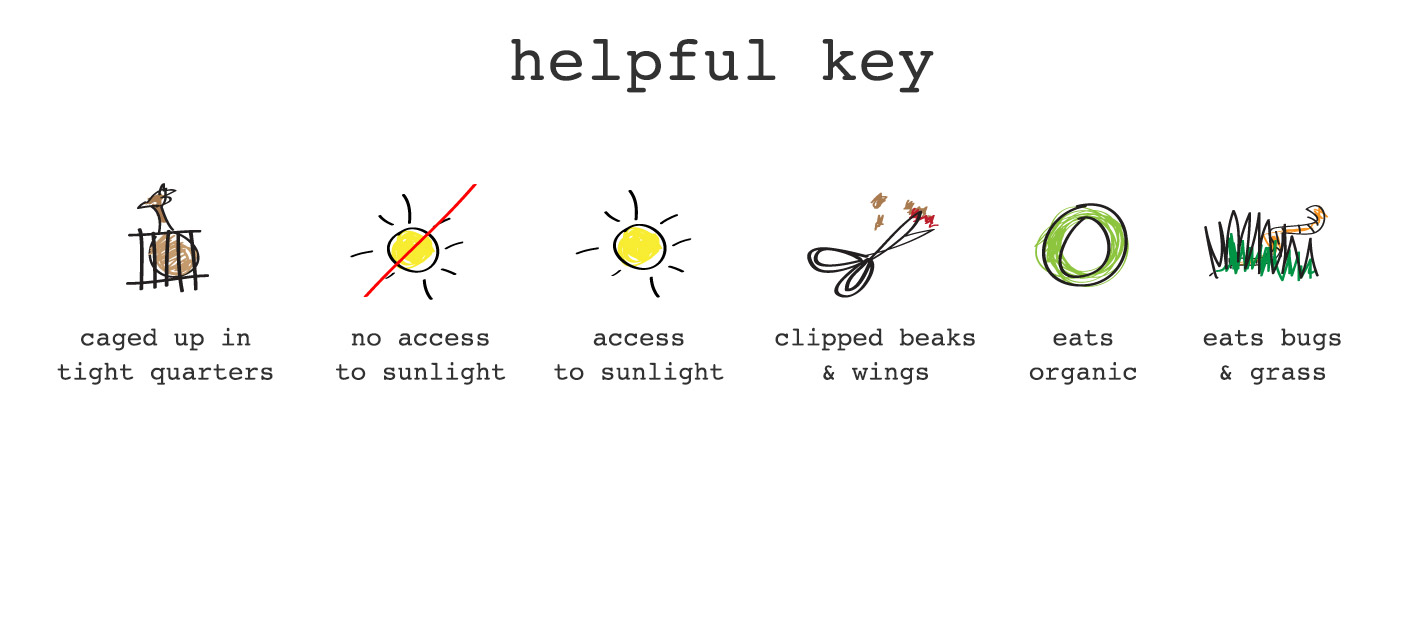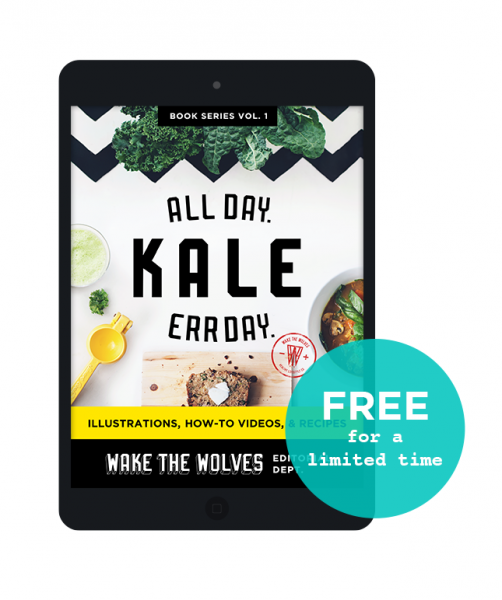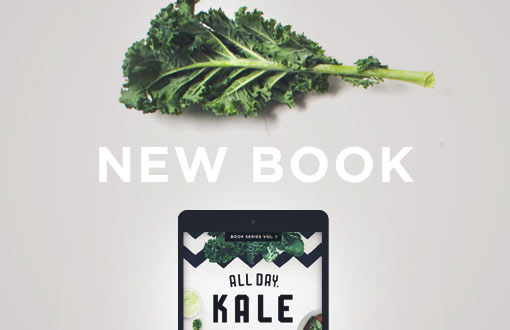
Shopping for eggs has to be one of the most confusing whole, real foods to buy. Organic? Cage free? Free Range? Brown vs. White? There’s no food label to read, the marketing jargon on the egg cartons are confusing, and you can often find yourself staring at a cold shelf of eggs for at least 5 minutes before you say “forget it, I’ll just get this one.”
Uggh. I know. They don’t make it easy.
Today, I’m going to squash all of that and share 10 helpful tips to make your shopping trip a bit easier next time. I’m breaking it down into 10 helpful tips because depending on your budget, your choices will be different. I’ll share the best options and work it down from there.
Clearing up the vocabulary.
Here’s a snazzy list of “egg vocabulary” that will help you understand the difference between the types of eggs:


FOOD LABEL: Regular (Grade A, AA, or B Eggs)
STARS: ☆
RATE: Worst
COST: ~ $2.99/dozen (guestimate)
TRUTH: These are “commercially farmed” chickens, most likely raised in battery cages (small cages stacked on top of each other), where the bird has clipped wings and beaks to prevent harm and cannibalism. They are kept in dark covered spaces and have no exposure to sunlight or exercise.
The U.S. Department of Agriculture came up with a “grading system” to rate the quality of eggs. Here’s a quick rundown of what that means:
- Grade AA – have thick, firm whites, yolks are high and round, and are best for frying or poaching (most common)
- Grade A – are similar to AA eggs, except for the whites are slightly less firm (most common)
- Grade B – have thinner whites and a flatter yolk, and are commonly used for liquid, frozen, dry egg products, or scrambles

FOOD LABEL: Cage Free
STARS: ☆☆
RATE: Ok
COST: ~ $3.99/dozen (guestimate)
TRUTH: Cage Free means that the chickens are not raised in battery cages, however they still most likely are raised in tight conditions, in a dark, barn-like setting, with clipped beaks and wings, and very little exposure to sunlight. “Cage Free” can sound deceiving because you would think they’d be free, roaming little hens. Unfortunately, it doesn’t mean so.

FOOD LABEL: Free Range
STARS: ☆☆
RATE: Ok
COST: ~ $3.99/dozen (guestimate)
TRUTH: Free Range means that the chickens have some exposure to the outdoors in a portion of their life. According to SFGate, “It does not mean that the poultry must be allowed access to pastures or grassy yards, nor does it ensure a certain amount of time outdoors or the size of the area for a given number of birds.” It’s another deceiving term because again, you would think the chickens can roam free.

FOOD LABEL: Certified Organic
STARS: ☆☆☆
RATE: Better
COST: ~ $4.99/dozen (guestimate)
TRUTH: Certified Organic Eggs mean that the feed that is given to the chickens is organic, and the chickens are not pumped with antibiotics – which does reduce your exposure to pesticides. These chickens most likely have some (not all) exposure to sunlight.

FOOD LABEL: Organic Vegetarian Fed
STARS: ☆☆☆
RATE: A Little Better
COST: ~ $5.50/dozen (guestimate)
TRUTH: Organic Vegetarian Fed mean that the chickens are fed a no-meat/no-fish, organic vegetarian-based diet. While this might sound like a “natural” thing because chickens are not meant to eat beef, pig or seafood parts, they aren’t meant to be a vegetarian-fed animal. The best fed chickens do eat bugs and worms.

FOOD LABEL: Omega-3 Enriched
STARS: n/a
RATE: (shouldn’t be a determining factor)
COST: ~ $5.50/dozen (guestimate)
TRUTH: Omega-3 Enriched eggs means that the feed given to the chickens are enriched with an omega-3 diet, usually in the form of flaxseed. It is a fairly new marketing term added to egg cartons. As buzz words around the benefits of Omega-3’s popped up in markets, farmers saw an opportunity to enrich their chickens with these healthy fats. You are better off getting your Omega-3’s directly from a good piece of wild, salmon.

FOOD LABEL: Brown vs. White
STARS: n/a
RATE: (shouldn’t be a determining factor)
COST: ~ $3 – 5.50/dozen (guestimate)
TRUTH: Eggs come in different colors: brown, white, blue, and green, however the most common that you’ll see in supermarkets are white and brown. There is no difference in nutritional benefits and brown does not equal a healthier egg. In fact the colors of the eggs are purely based off of the genetics of the chicken.

FOOD LABEL: Pasture Raised
STARS: ☆☆☆☆☆
RATE: Best
COST: ~ $8.00/dozen (guestimate)
TRUTH: Pasture Raised eggs mean that the chickens are free to roam on open grassland, eat an organic diet, enjoy bugs and worms, see daylight, are not given hormones or antibiotics, have darker/richer yolks, have been known to taste better, and have better nutritional profiles (in vitamins A, E, betacarotine, Omega-3’s, etc.). Makes sense that they’d be healthier animals and produce a healthier egg because of how they are grown.
10 Tips for Selecting Eggs
So now that you are a bit more familiar with the vocab piece of the puzzle, what should you buy?
First, remember that “eating healthy” is a journey, which means you may start off buying one thing (even for a year), and gradually change your choices depending on: 1) what you can afford; 2) your current values and what’s most important to you; and 3) what you are cooking.
If you are on a tight budget and just ramping up your healthy-eating game to focus on whole, real foods (vs. processed stuff), then regular eggs is a way better option than sugar cereal for breakfast.
Today, it may be “free range” eggs in your shopping cart, and next week you may decide that sacrificing $4.50 on ice cream or that Starbucks latte is well worth a highly nutritious dozen of pasture raised eggs for $8/dozen. Something to think about.
Here are some shopping tips:
- When it comes to eggs, price is a good indicator of quality.
- When a chicken is under stress (dark, tight, confining headquarters), you won’t get the most nutritious egg.
- “Free Range” and “Cage Free” are better than regular eggs, primarily because of the treatment of the animal.
- Organic “Free Range” and “Cage Free” are better than regular eggs, both for YOU and the ANIMAL.
- Choose organic when possible.
- Brown and white don’t make a difference.
- Chickens are not meant to be vegetarians because they should eat worms (just not pig, cow, and fish parts).
- Enriched Omega-3 eggs benefits the farmer’s pocket more than you. Just eat wild fish or 100% grassfed meat if you need more Omega-3’s in your diet.
- If you are baking (and on a budget), go with a slightly less quality egg than you would for plain egg consumption.
- Save $4-5 elsewhere and consider the $8/dozen pasture raised eggs IF you are a regular egg eater. (Don’t forget to hit up friends/family that raise chickens for a barter or exchange).
Love eggs? US too.
Check out a few recipes and how-to cook guides below:
How to Make a Perfect Hard Boiled Egg
How to Make a Sunny Side Up Egg
Kale. All Day. Err Day.










Hey Ladies
Great post. Just thought recommending us to just eat wild salmon as a better way to get your source of omega 3’s than by eating the omega 3 rich eggs may not necessarily be the case. Because both these sources get their omega 3 in a similar way.
Omega 3 always originally comes from a plant source. It gets into the eggs or the salmon because they ate a plant source of omega 3. For instance, with eggs that have omega 3 listed on the label (obviously not all eggs) it is because the chickens were fed flax seeds- and that’s the source of omega 3. With salmon (and not all salmon) it’s because they ate plankton (which ate algae- and that’s how it gets omega 3). So isn’t it the same? Neither is “born” with omega 3. They have to eat something that has omega 3 in order for it to then be in the fish or the eggs.
Just a thought…
Mornin Kay!
Thanks so much for your thoughtful response! A few things to note to help you understand my position on why I said “wild salmon” would be a better source for Omega-3’s:
1. Omega-3 enriched eggs are a fortified food, which means we (humans) are adding something to the diet of an animal that they would normally not eat so that we can benefit. It was an invention that happened by a Canadian food scientist in the early 90’s. This perspective to support a more natural source of Omega-3’s through wild fish, who naturally eat foods (like algae) is purely based on the idea for us to eat whole, real foods, minimally processed, that taste good too.
2. Another thing to note, is that there are 3 types of Omega-3’s: ALA, DHA, and EPA. ALA is a short chain omega-3 fatty acid (found in plant sources like flaxseed, chia seeds, walnuts,…) that our bodies convert into DHA and EPA (long chain fatty acids, known to be higher in wild salmon, sardines, 100% grass-fed meets,…). Unfortunately our bodies aren’t super efficient in the conversion of ALA’s to DHA/EPA’s and what’s roughly available is about 5-15% of the essential omega-3’s from this process. Not bad, but not efficient because we’d have to eat a TON MORE omega-3 enriched eggs to get the same benefits as a 4oz. piece of salmon.
At the same time, I hear ya Kay. The more I read about what’s happening to our waters, the more I think that wild fish or fish in general may become a very scarce resource OR a resource that is highly contaminated. I can go bonkers on this topic. Having the world eat more wild fish is not possible nor sustainable. Perhaps suggesting this wouldn’t be great for the world (and us) after all.
Love your thoughts. Love your questions!
Thanks for taking the time to deep dive. It’s worth it!!!
-Steph
HI Steph
Thanks for your reply. I see what you mean- the farmers are giving the chickens flax seeds and they normally wouldn’t eat that, whereas the salmon are just eating the plankton (which hopefully ate algae, the original plant source of their omega 3). I guess I’m still wondering though – wouldn’t our bodies recognize this type of Omega 3 in these eggs in the same way our bodies would recognize the omega 3 in the salmon? Or does algae (a plant) have the Omega 3 already in the preferred format (DHA or EPA)? It’s really confusing. But I guess I’m wondering if when we eat these “special eggs” the chicken would have done the conversion for us. Isn’t that what the salmon did for us? Do you know what I mean? I understand that it’s not as good when we eat flax seeds or walnut or chia (because we have to do the conversion and it’s not efficient) but still wondering how these omega 3 eggs rate against a piece of salmon since they both originally got their omega 3 from a plant source. Exactly how much conversion of the plant omega 3 has occurred in each of these foods per ounce. Does anyone have data on this? Just curious… 🙂
thanks for your time,
Kay
You know why I love your comment/post so much? Because you took the time to really share constructively in a way that helps us all! Thanks for the tips!
Eggs. We really don’t want them to be so darn hard to buy!!! Our local health food store has a chart near the eggs that help with this. VISUALS are so helpful. Thanks again for your time!
Team Wake the Wolves!